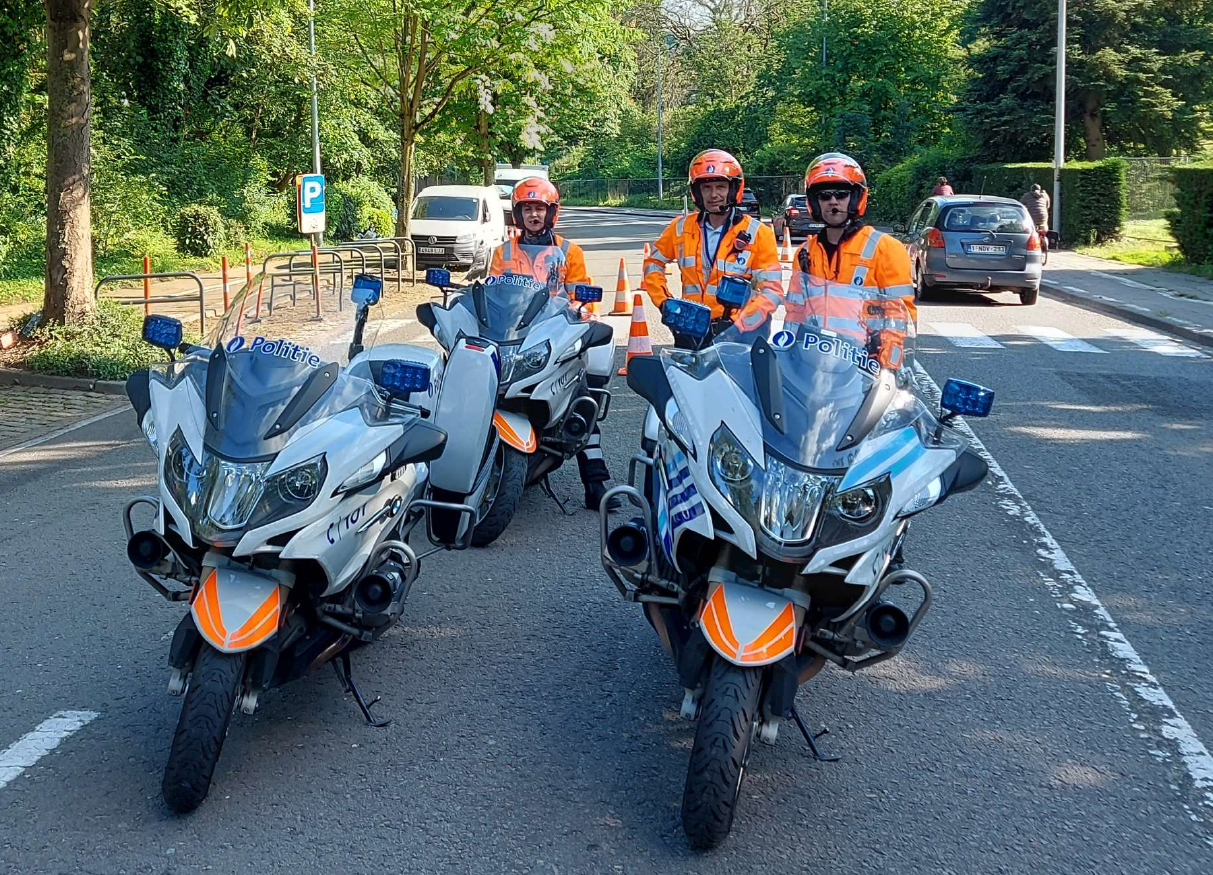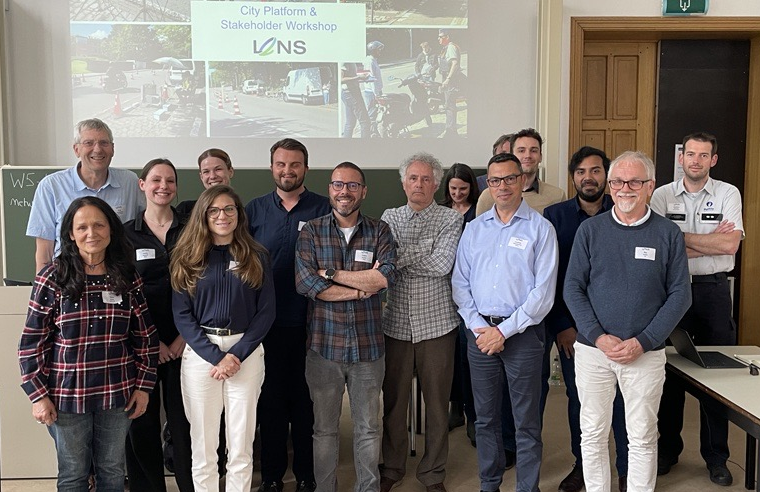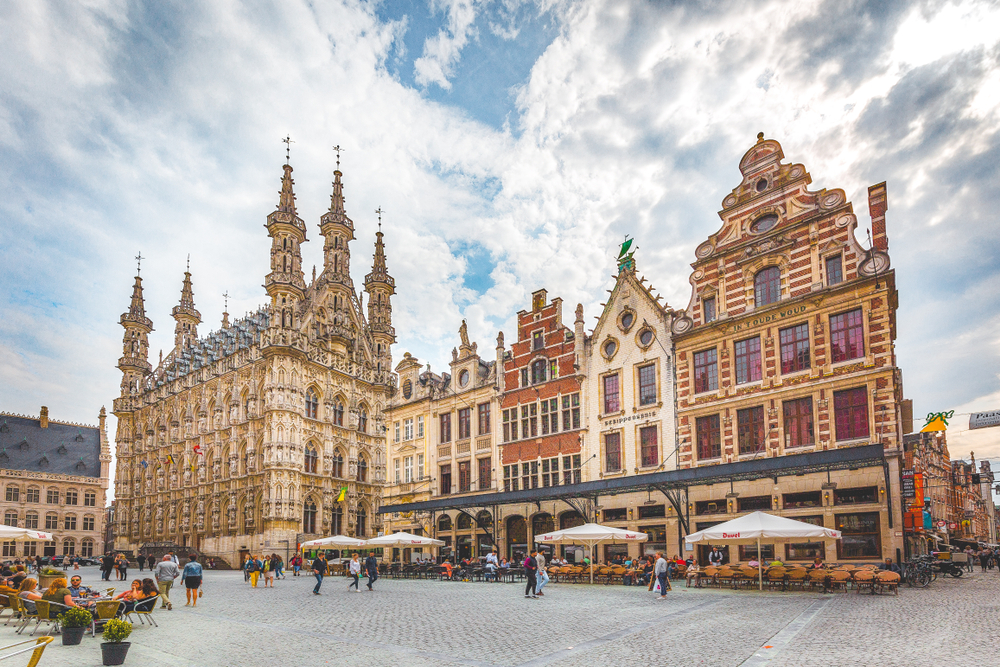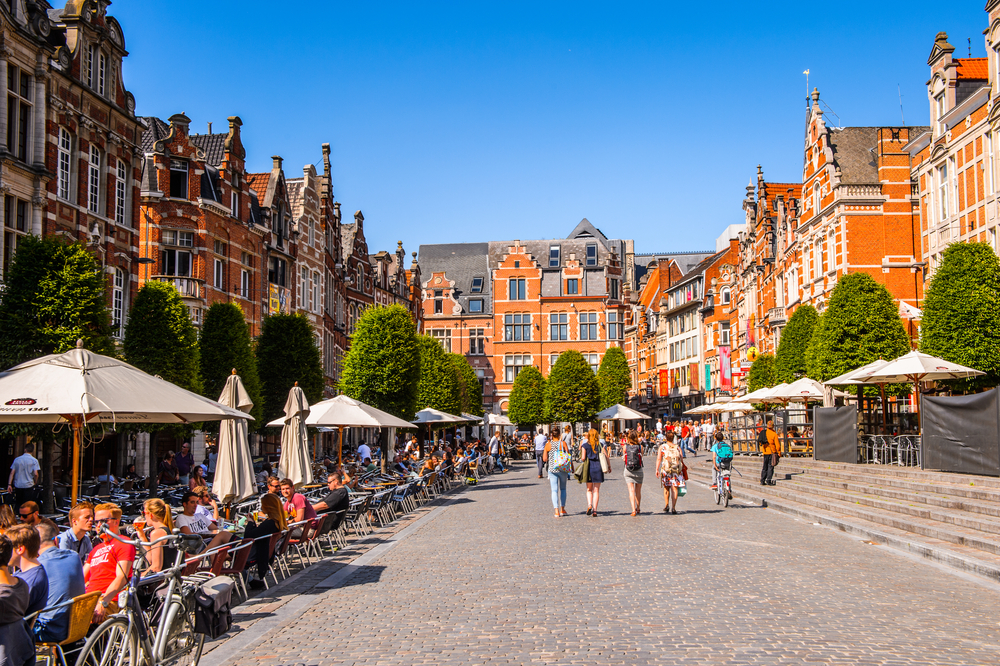Leuven
Main Challenges
LENS partners faced the challenge of finding suitable measurement sites with a high share of L-category vehicles in the centre and outskirts of the Belgian city.
Measurement Sites
Two measurement sites were used, one in the historic city centre and a second location towards the suburbs of Leuven, which tested high volumes of commuters on L-vehicles.
Tested Vehicles
The focus was on small L-category vehicles, such as mopeds, scooters and vespas, since these are very common vehicles for food delivery to the 50,000 university students.
Challenge
Finding suitable measurement sites
Finding suitable measurement sites that fulfilled the two most important criteria. Firstly, enabling high-quality roadside measurements of both noise and pollutant emissions from passing vehicles. Secondly, finding a sufficiently high number of L-category vehicles passing. More than 20 potential sites were visited and jointly inspected by the Leuven city police.
Finding a sufficient number of L-vehicles
Due to its small size of 100,000 inhabitants and limited L-vehicle use, local police forces gathered L-vehicle drivers and escorted them through the measurement sites. Authorities subsequently pulled L-vehicle drivers over to the roadside for visual inspection and further noise and emission tests to e.g., identify tampered or modified vehicles, possibly affecting their noise and pollutant emission performance.
Measurement campaign
Measurement sites & Tested Vehicles
The two measurement sites were Donkerstraat,where measurements were carried out for three days, as well as the centrally located Tiensestraat for a single measurement day.
Around 170 L-category vehicles were both measured from the roadside while passing the measurement sites and pulled over for roadside inspection with the help of the Leuven city police. An additional 200 L-category vehicles were only inspected by the LENS measurement equipment without police inspection. The majority of L-category vehicles were mopeds, scooters and vespas with engine displacement 50 cm3.

Cooperation with local administration
Support by local city and police authorities was provided throughout all planning stages and both entities fully supported the measurement campaign, which made it into a very successful event from both research, policy and public aspects.

Stakeholder Engagement
LENS invited its City & Stakeholder Group to a full day of discussions, presentations and exchanges concerning to noise- and air pollution of L-vehicles, as well as related mitigation strategies to curb these pollutions. Several citizens’ initiatives shared their continuous efforts to influence legislators and local authorities to reduce L-vehicle pollution – both in rural and urban environments. Besides this fruitful exchange, a site visit of the live measurement sites helped the participants of the event to understand the technical aspects of the tests.

Results
About 170 L-category vehicles, the noise and pollutant emissions of which were successfully measured from the roadside upon passage by advanced instruments, were further pulled over by the police to the roadside, being subject to visual inspections and further testing to identify tampering and other modifications that could affect the noise and pollutant emission performance of these vehicles.
The roadside pollutant emission measurements showed a clear and strong downward trend for all measured pollutants (CO, HC and NOX) from Euro 2 to Euro 5, confirmed by the idle tests carried out in the roadside inspections for CO and HC. About 12% of the inspected vehicles had been modified in one way or the other.







